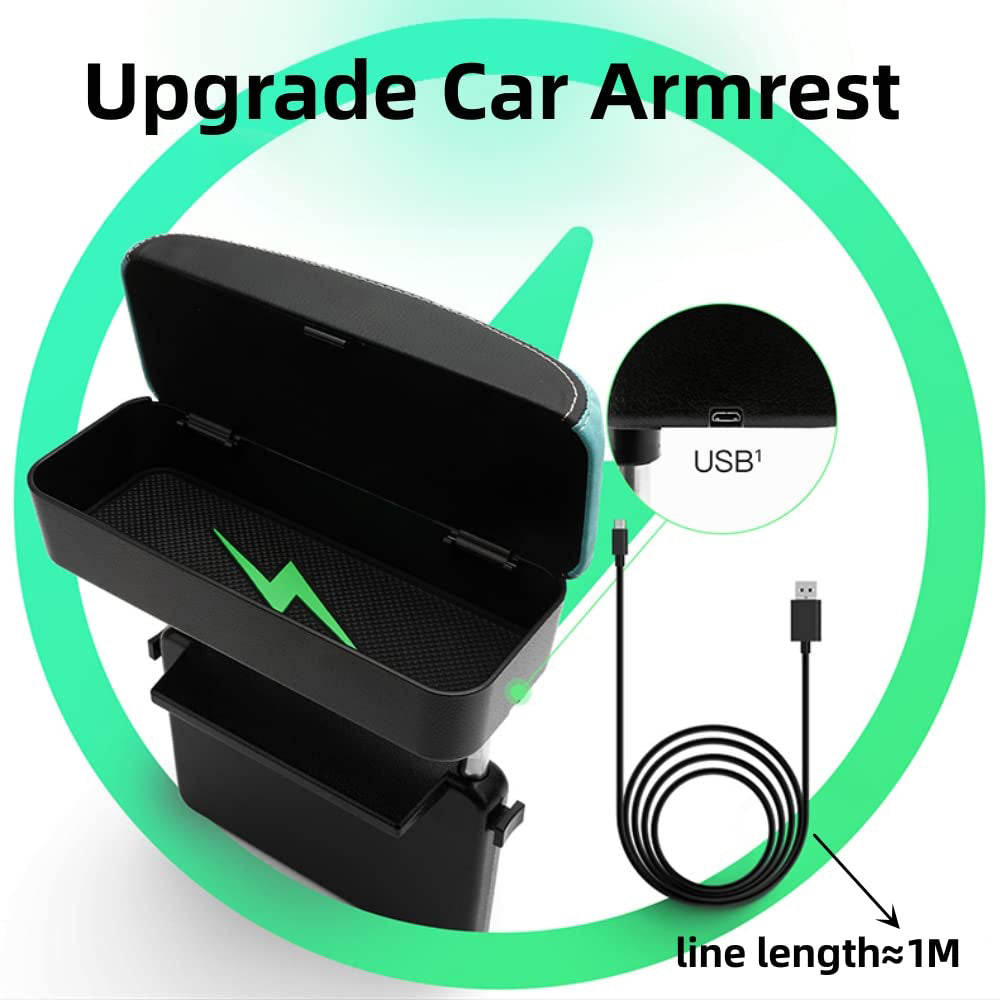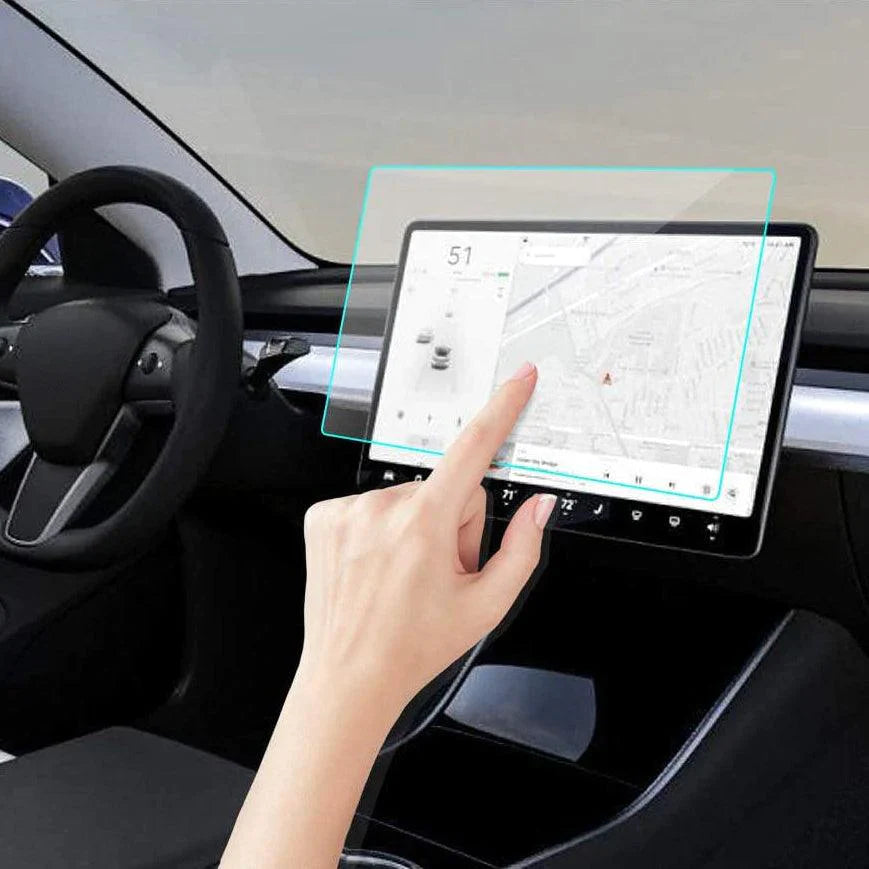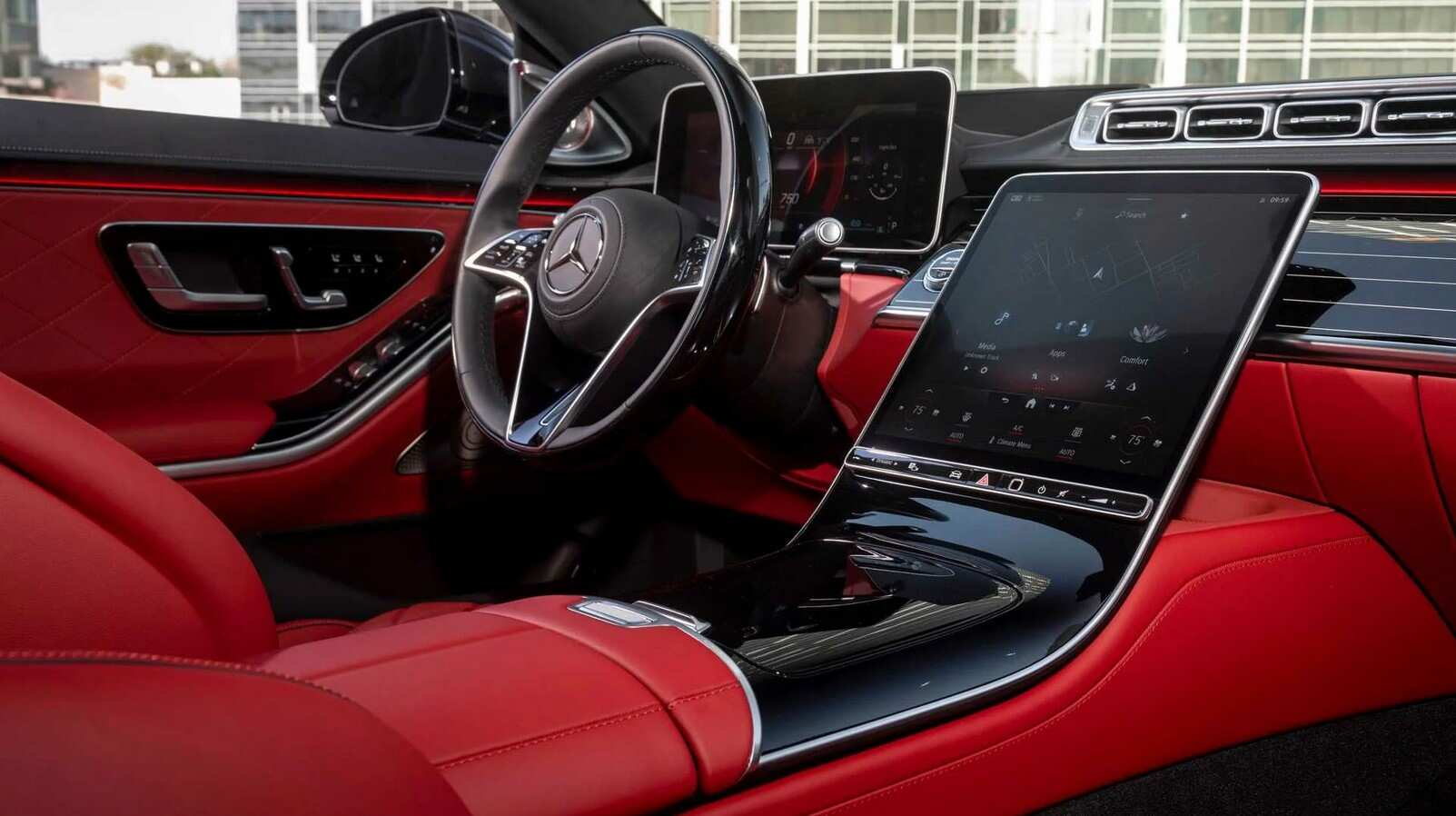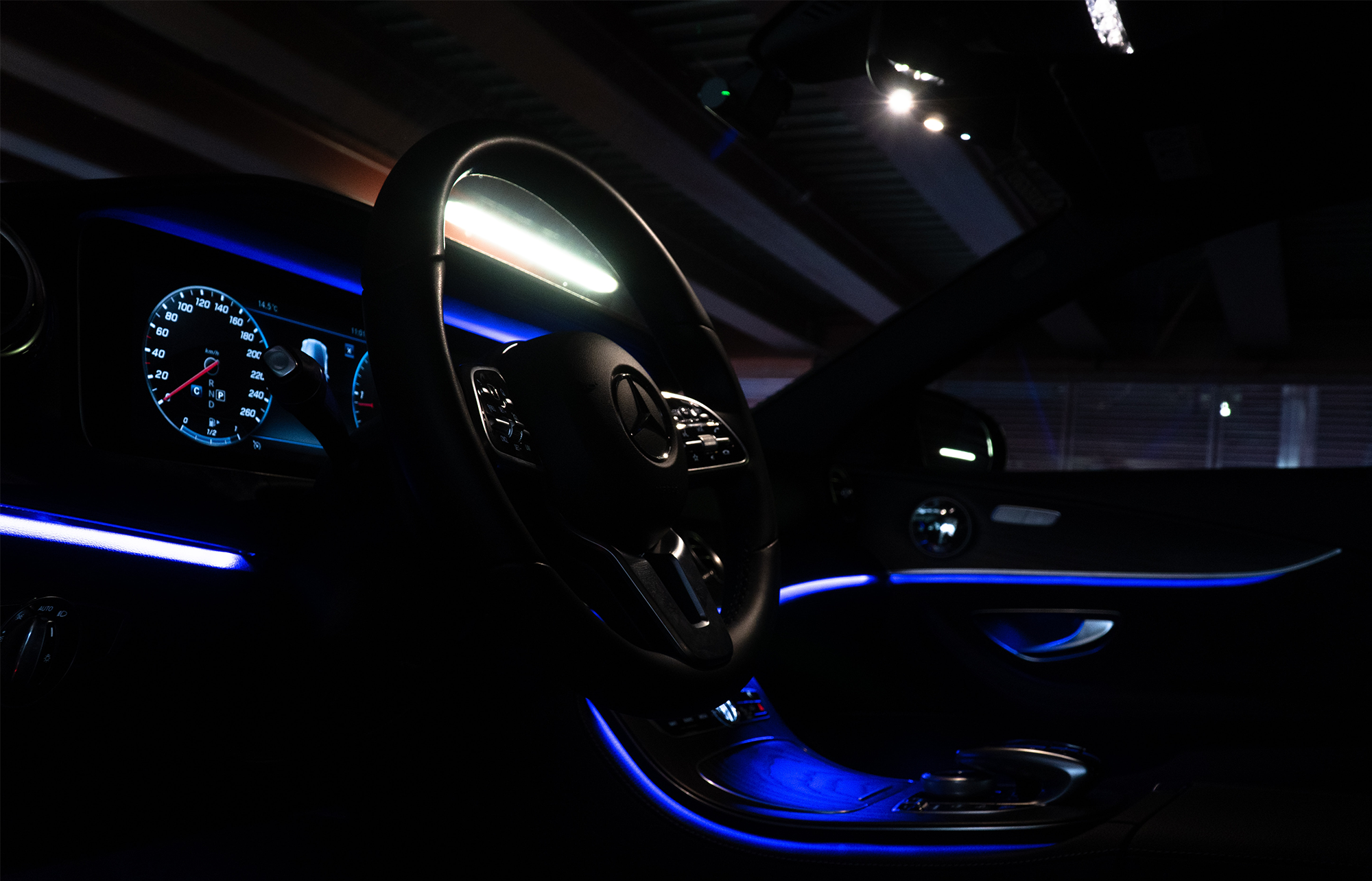With modern vehicles featuring larger, more advanced touchscreens, keeping those screens protected is crucial. Whether you're using the screen for navigation, media control, or other vehicle functions, a scratch-free and responsive display is essential for a smooth driving experience. However, selecting the right screen protector isn't as straightforward as it seems. Factors such as transparency, durability, adhesion, and cutting precision all play a role in determining which protector best suits your needs.
In this guide, we’ll break down how screen protectors adhere to your car’s display, the different types of protectors, and what qualities to look for when choosing one.
1. How Do Screen Protectors Adhere to Your Car’s Screen?
Screen protectors typically adhere to the screen using a silicone adhesive layer or through static absorption, which is crucial for ensuring a smooth, bubble-free application.
-
Silicone Adhesion: Most high-quality tempered glass protectors rely on a silicone adhesive coating on the back of the protector. This layer is what makes the protector "stick" to the screen, offering an automatic absorption feature that pushes air bubbles out. Even if you’ve never applied a screen protector before, silicone-based protectors are designed to be beginner-friendly, ensuring a secure and bubble-free fit.
-
Static Absorption: Static absorption, based on physics, uses the pressure difference between the protector and the screen to adhere the two surfaces. When the protector is placed on the screen, air pressure between them decreases, allowing the atmospheric pressure to press the two surfaces together. Static-based protectors are easy to apply and remove without leaving behind any residue. However, it's worth noting that not all static absorption protectors are equal in quality—some include a mix of static and silicone adhesive layers for better grip and longer life.
2. Key Features to Look For in a Car Screen Protector
When choosing a screen protector for your car, there are four key quality indicators: transparency, durability, adhesion, and cutting precision. These factors directly affect how well the protector will perform and how long it will last.
-
Transparency (Clarity and Light Transmission)
A good screen protector should not compromise the clarity of your screen. High-quality tempered glass and PET protectors maintain the screen's original brightness and sharpness, ensuring a clear, vivid display without color distortion or dullness.
-
Durability (Scratch and Wear Resistance)
Durability is a critical factor, especially for car touchscreens that face daily use. Whether it's from constant tapping or exposure to dust and debris, the protector should be able to resist scratches. Look for protectors rated for 9H hardness, which can withstand most day-to-day damage and last longer without needing replacement.
- Adhesion (Static vs. Silicone)
While transparency and durability are important, adhesion is the key factor that determines the ease of application and the lifespan of the screen protector. Protectors that use a silicone adhesive layer offer superior adhesion and help prevent air bubbles during installation. On the other hand, static absorption protectors can be easier to install and remove but may not always offer the same level of secure attachment.
It’s important to note that not all static protectors are created equal. Many combine static and silicone ion technology for better adhesion. These protectors use a silicone layer to strengthen the static charge, ensuring the protector stays attached without peeling or bubbling.
-
Cutting Precision
A well-cut screen protector is essential for a snug fit that covers the entire screen without interfering with the car’s bezel or edges. High-quality protectors are precision-cut to fit specific car models, ensuring full coverage without affecting screen touch sensitivity or responsiveness.
3. Common Issues That Affect Screen Protector Lifespan
Over time, screen protectors can become less effective due to wear and tear. Some of the common issues that prompt users to replace their screen protectors include:
-
Scratches and Abrasions: Even high-quality tempered glass protectors can wear down after repeated use. Cheaper protectors, especially PET or low-quality glass, may develop scratches quickly, reducing the screen’s visibility.
-
Peeling Edges (Edge Lift): Poor adhesion, often caused by dust buildup or improper installation, can lead to the edges of the protector peeling away from the screen. This makes the protector less effective and more likely to trap dirt.
-
Bubbles and Air Pockets: Air bubbles may form during installation if the adhesive isn’t strong enough to push them out. Over time, some protectors may also start bubbling, reducing the clarity and touch sensitivity of the screen.
To avoid these issues, focus on protectors with strong silicone adhesive layers and precise cutting, which can ensure a long-lasting, bubble-free application.
Find bubble-free screen protectors here
When it comes to protecting your car’s touchscreen, choosing the right screen protector involves more than just picking the first one you see. Factors like transparency, durability, adhesion, and cutting precision all affect how well the protector will perform. Silicone and static adhesion methods offer different benefits, but overall, protectors that combine these technologies tend to offer the best of both worlds: easy installation, strong attachment, and long-lasting protection.
Whether you're protecting a high-end infotainment system or a standard navigation display, investing in a high-quality screen protector will keep your car’s touchscreen looking and performing its best.
Ready to protect your car’s touchscreen? Shop our top-rated car screen protectors now for long-lasting protection and peace of mind!






1 comment
Ed
Hello, I’m looking for a lexus 2025 rx350h touch screen protector. Is there any that provides kind of insurance protection that if the screen breaks for any reason it would be replaced? Like a 5 year guarantee? The lexus dealer is offering this and I can’t find anything like that online.
Hello, I’m looking for a lexus 2025 rx350h touch screen protector. Is there any that provides kind of insurance protection that if the screen breaks for any reason it would be replaced? Like a 5 year guarantee? The lexus dealer is offering this and I can’t find anything like that online.